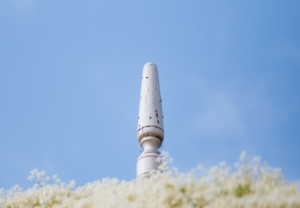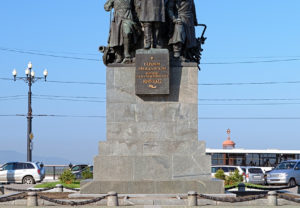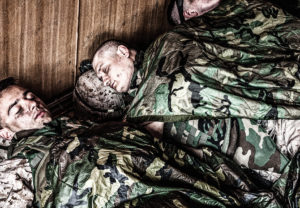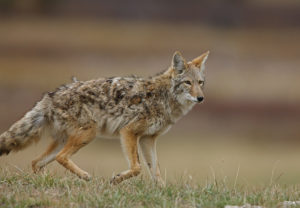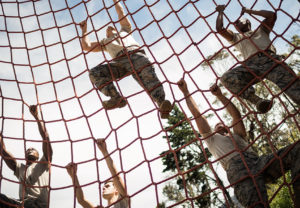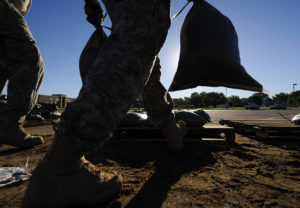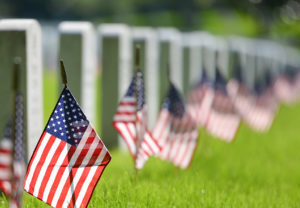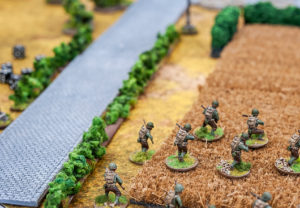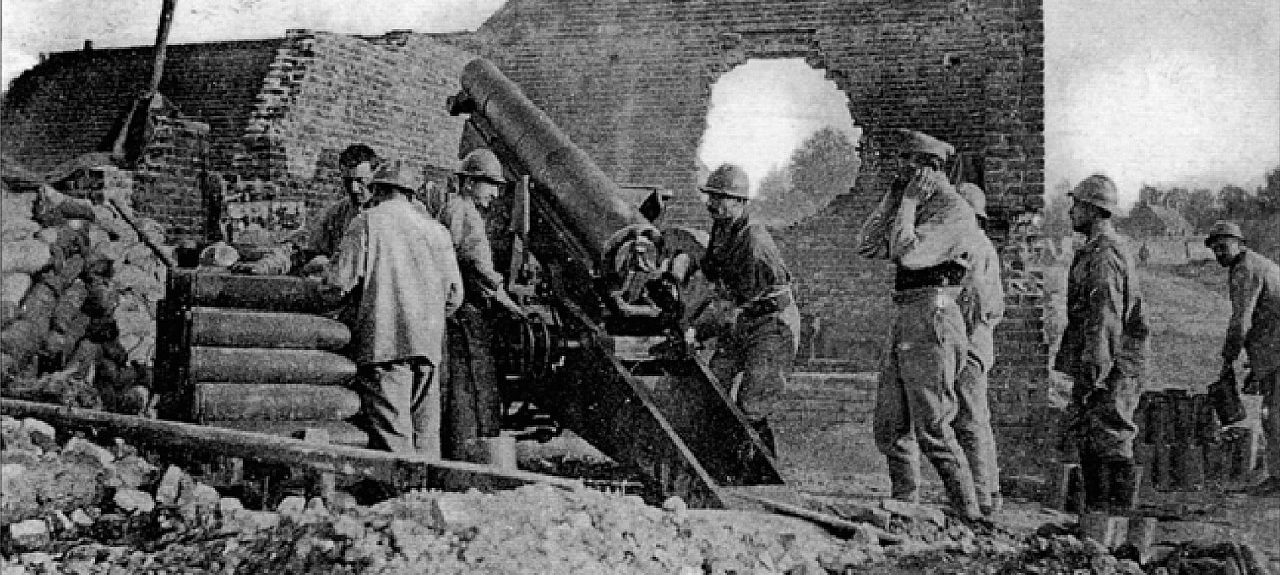On July 1, 1961–exactly 100 years ago–about 20,000 soldiers were slaughtered at the Battle of the Somme. Cameras were rolling the entire time.
Lights
The Allies planned to break the German lines by the Somme river in France with 1.7m artillery shells. The British believed the artillery would wipe out the Germans before its own soldiers even made it to the battlefield. They bombarded the Germans with new artillery technology for an entire week before advancing.
The troops were so assured in their victory, they kicked around soccer balls as they moved across no man’s land.
But the Germans were waiting for them. Shortly after the shelling began, German soldiers burrowed underground. These dugouts allowed them to survive the bombardment and surprise the 100,000 British soldiers stranded on the battlefield.
Camera
Film was still a very new technology during World War I. Most citizens went to the cinema not to see blockbusters, but to get updates on the latest news.
Cinematopgraphers Geoffrey Malins and John McDowell followed the British to France to create a new war propaganda film. Between July 1 and July 10, the pair collected footage to give civilians an honest idea of what life was like on the front lines.
The result was ‘The Battle of the Somme,” a shocking, graphic documentary that drew 20 million viewers a week. While historians now believe some sequences were staged, the film packed an emotional punch for viewers in 1916. Citizens left theaters horrified and frightened for their families.
Action
The first day of the Battle of the Somme is the bloodiest day in the entire history of the British army. Nearly 20,000 British soldiers lost their lives in that first day alone. The Battle of the Sommes lasted a total of 141 days. During that time, the British would only advance 6 miles.
In total, 300,000 died in the Battle of the Somme.
Today, social media and livestreamed video makes it witness to see earth-shattering events in real-time. The next time you watch a Youtube video of American troops stationed in Iraq and Afghanistan, remember that this tradition started at the Battle of the Somme.


